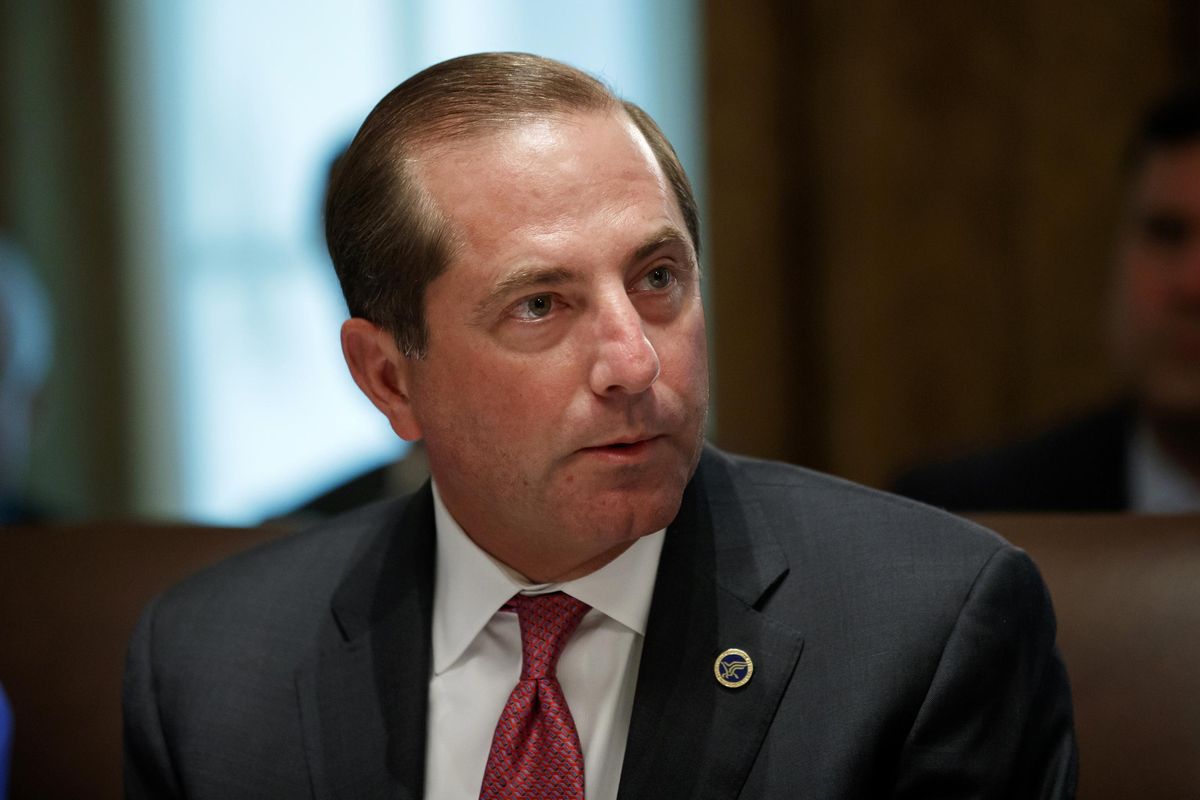CDC pushes efforts to eradicate HIV amid stalled progress

Forty percent of U.S. adults have been tested for HIV, and fewer than one-fifth of the people at high risk for developing the infection are receiving the medication that prevents it, the government reported Tuesday.
Dramatic improvement of testing and prevention, as well as better treatment of people who already have HIV, are urgently needed if the government is to reach President Donald Trump’s goal of virtually wiping out transmission of the infection by 2030, the Centers for Disease Control and Prevention said.
“We can get it done. We can end the status quo provided we change our expectations and the culture of satisfaction with where we are now,” said Jay Butler, the CDC’s deputy director of infectious diseases, during a telephone briefing for the media.
To further that goal, the government also announced that, beginning in March, three major pharmacy chains would distribute the “pre-exposure prophylaxis” medication Truvada to people without prescription drug coverage.
The announcement by Health and Human Services Secretary Alex Azar expands government efforts to provide the highly effective medication to more people at risk of contracting HIV, including African American and Latino men who have sex with men, intravenous drug users, people with mental illness and the homeless.
Azar estimated that about 200,000 uninsured people would be eligible for the free medication after they test negative for HIV and receive a prescription. Information on the program is available at getyourprep.com.
In May, the government announced that it had struck a deal with Gilead Sciences, which makes Truvada, to donate 2.4 million doses of the once-a-day pill for 11 years. A generic version sells for $60 a year in Africa, but the medication costs about $20,000 annually in the United States.
Gilead’s patent will expire next year, opening the U.S. market to a generic version. The company already has announced a patented successor, Descovy.
In November, the HHS sued Gilead, saying the company ignored government patents on the drug as it earned billions of dollars selling it. Azar said the Truvada donation and distribution program would continue through the next decade despite the legal battle.
The CDC’s message on HIV was grimmer, as it has been in recent years. Progress on preventing new infections has stalled since 2013, with about 38,000 people acquiring the virus every year since then, Butler said. More than 850,000 people have been diagnosed with HIV, but another 150,000 have the infection and don’t know it, he said.
Among those who have been diagnosed, 62.7% had suppressed the infection with medication despite the availability of drugs that can bring the virus down to undetectable levels in the blood. Achieving that level of viral suppression can make it nearly impossible to transmit the virus to another person and allows people with HIV to live normal life spans.
The portion of at-risk people who received preventive medication in 2018 is up 5% from the previous year but at 18% is much less than the government’s goal of 50%.
At his State of the Union address in February, Trump announced a plan to virtually end transmission of HIV by 2030 by focusing resources on 48 U.S. counties, the District of Columbia, San Juan, Puerto Rico, and rural parts of seven states where the disease is most prevalent.